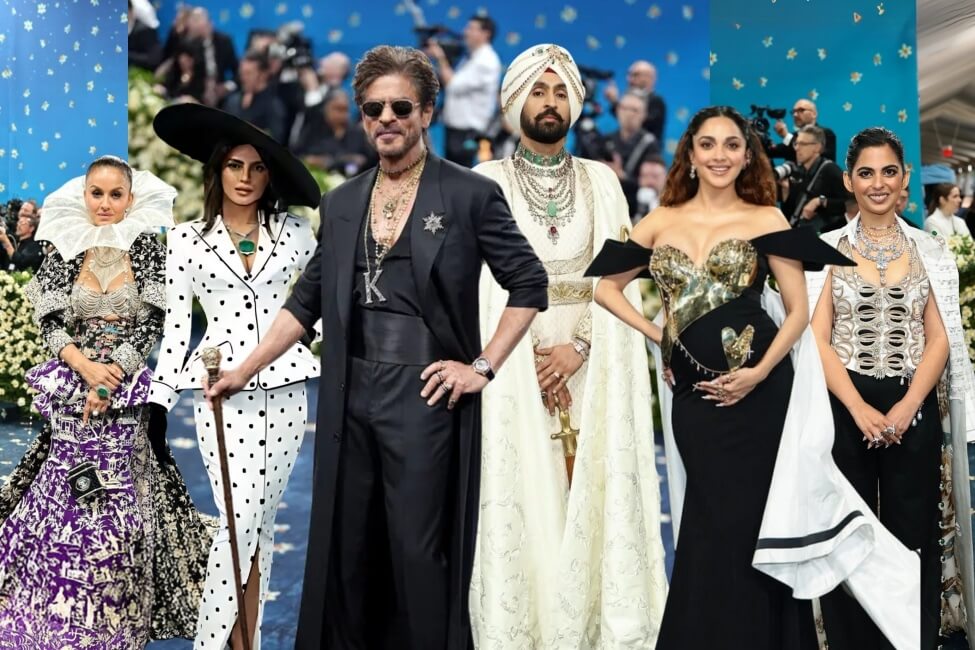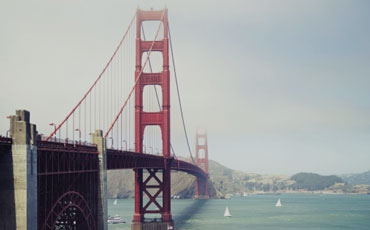Goa’s Tourism Challenges: A Paradise Under Pressure
If Dil Chahta Hai were remade in 2024, Akash, Sameer, and Sid might skip Goa for Sri Lanka or a Southeast Asian island. Goa, once India’s go-to destination for its beaches and charm, now faces growing discontent from both tourists and locals.
The Cracks in Goa’s Tourism Paradise
Goa’s taxi monopoly (with no Ola or Uber allowed), rising costs, and a perceived irritation among locals towards tourists have left many visitors dissatisfied. Complaints about these issues have been steadily rising, dimming the state’s once-bright allure.
Tourism is a cornerstone of Goa’s economy, contributing significantly to its revenue. According to Goa’s tourism minister, Rohan Khaunte, over 10 million tourists visited the state during the 2023-24 season, with foreign tourist inflows spiking by 150%. However, this tourism boom has also strained the state’s resources and the patience of its residents.
Local Frustrations and Tourist Behaviour
While Goa attracts millions, locals feel overwhelmed. Many tourists, especially domestic ones, treat Goa as a cheap destination for alcohol, ignoring its rich history and cultural traditions. This shift in perception has created a disconnect between tourists and the local community, leading to mutual dissatisfaction.
Adding to the concern, the number of foreign tourists has drastically declined. CEIC data shows that foreign arrivals plummeted from 8.5 million in 2019 to just 1.5 million in 2023. Russians and Israelis, historically a significant segment of foreign tourists, have not returned in pre-pandemic numbers. Although domestic tourists filled the gap during the pandemic, even they are now growing weary of Goa’s issues.
Competition from Sri Lanka and Southeast Asia
Meanwhile, destinations like Sri Lanka and Southeast Asia are becoming strong contenders. These places offer affordability, visa-free travel, and fresh experiences, attracting Indian travelers in droves. In 2024, over 300,000 Indian tourists visited Sri Lanka, making India the largest source of tourists for the island nation.
SriLankan Airlines cleverly tapped into this trend with a campaign promoting Ramayana-linked locations, urging Indians to explore their cultural roots abroad.
Can Advertising Help Goa?
While policy changes are essential to address Goa’s tourism troubles, advertising could play a pivotal role in reshaping perceptions and influencing behaviour. Past campaigns like Incredible India or Japan’s Cool Japan have successfully used advertising to boost tourism while encouraging respectful behaviour.
Insights from Creative Experts
Nikhil Narayanan, Head of Creative, Zlade
Narayanan believes advertising can amplify policy changes but can’t solve systemic issues like Goa’s taxi monopoly or overpricing. A celebrity-led campaign might help, but without addressing the root problems, even great advertising may backfire.
Manish Kinger, Executive Creative Director, Schbang
Kinger points to Miami’s 2023 campaign discouraging rowdy spring break tourists as an example of how advertising can tackle behavioural issues. While Goa’s challenges are more entrenched, a mix of behavioural science and creative campaigns could offer a viable solution.
Prathap Suthan, MD and CCO, Bang In The Middle
Suthan highlights the importance of a holistic approach combining advertising, policy interventions, and community engagement. Advertising could promote responsible tourism, educate visitors, and showcase lesser-known destinations. However, systemic issues like the taxi mafia and poor tourist behaviour must be addressed simultaneously.
Pragati Rana, Head of Originals, TGTHR
Rana advocates for a two-pronged campaign targeting both tourists and locals. Inspired by the Palau Pledge, such a campaign could educate tourists on responsible behaviour while reminding Goans of their friendly, open-minded culture.
Goa’s Crossroads
Goa must strike a balance between promoting tourism and preserving its unique culture and environment. Transparent communication of progress and measures to address issues like monopolies and overpricing will be crucial.
Interestingly, even the annual Goafest was moved to Mumbai this year, and Rohit Shetty’s Singham 3 shifted its filming to Sri Lanka. While these moves might be coincidental, they hint at a broader narrative: Goa risks losing its shine unless significant changes are made.
The time to act is now—before Goa becomes a cautionary tale rather than a coveted destination.
Video:
Author: Sonali kamble











